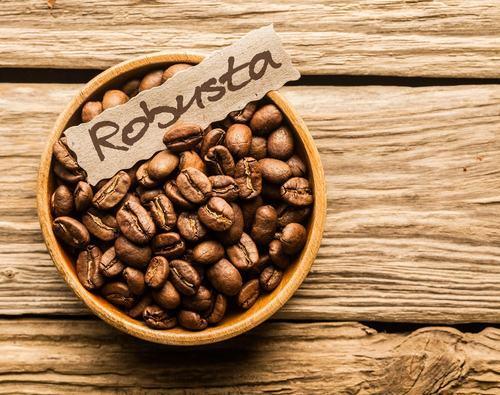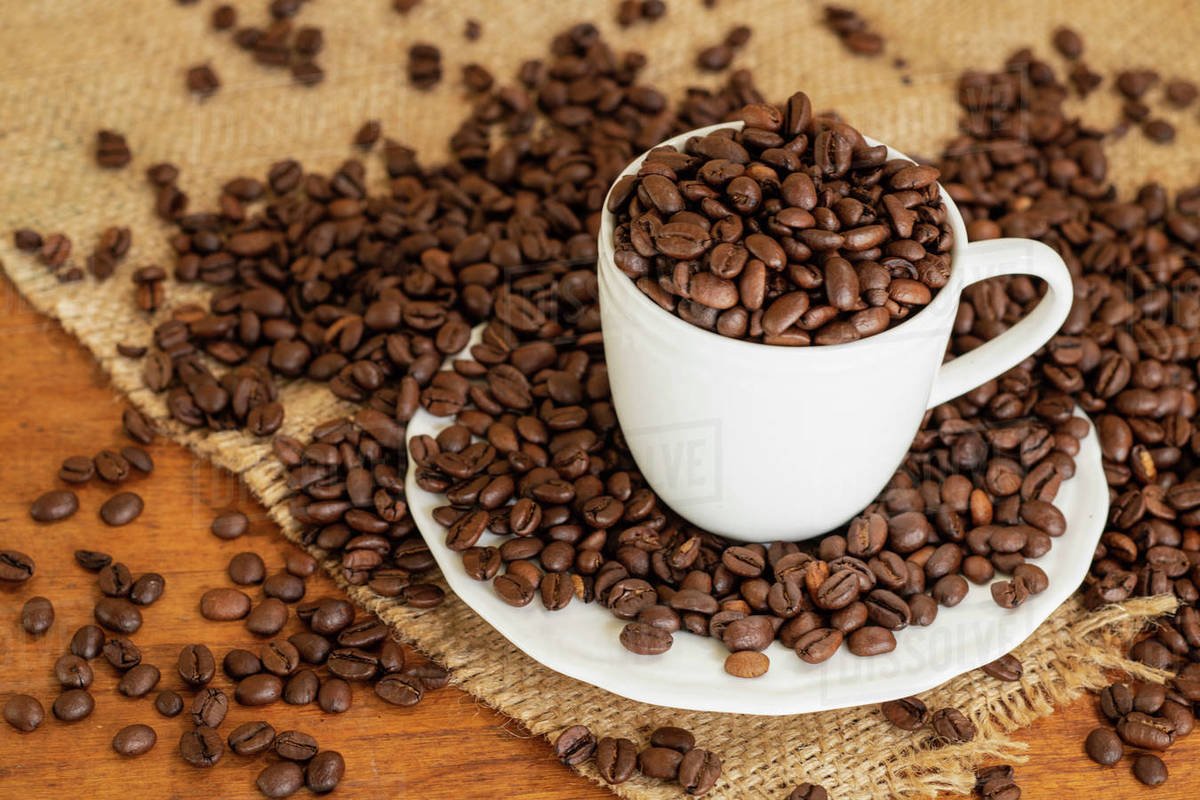Robusta
Written on October 30th, 2020 by Making Cofee
Having a 30% share in world coffee production, Robusta beans are generally not preferred alone due to their intense and hard taste. However, it creates excellent flavors by blending it with Arabica beans. This step-sister perception of Robusta beans in coffee production does not prevent him from creating these delicious coffees and meeting with coffee lovers. The origin, production process and balancing structure of Robusta beans, which are preferred by Italians especially in espressos, are among the curious topics.
Where Are Robusta Coffee Beans Grown?
Robusta beans discovered in West Africa are spreading all over the world after a brand gives the name of this bean. Robusta coffee beans, which can grow at various altitudes starting from sea level to around 900 meters, can also grow at lower altitudes and in warmer climatic conditions. The fact that Robusta coffee beans are more resistant to the delicate structure of Arabica beans provides great convenience for producers in growing these beans. In addition to its easy cultivation, it is harvested earlier than Arabica beans due to its small but large amount of fruit. Although it provides a great advantage in the production phase, Robusta bean production takes its place in the market at lower rates because the taste of the coffee is more important.
What Are The Characteristics Of Robusta Coffee Beans?
Robusta coffee beans, which are consumed by blending with Arabica coffee beans, draw attention with their strong and intense taste. The soft, fruity and acidic nature of Arabica is balanced by the acid-free and intense taste of Robusta. This blend is especially preferred by Italian coffee makers to create excellent espresso. These beans with high caffeine content provide caffeine support to Arabica’s low caffeine ratio. Espressos with a nice foam layer appear as the work of Robusta coffee beans. Robusta coffee beans are widely preferred by coffee lovers due to their ability to create a perfect foam layer, their unique compatibility with Arabica beans and their caffeine ratio.
